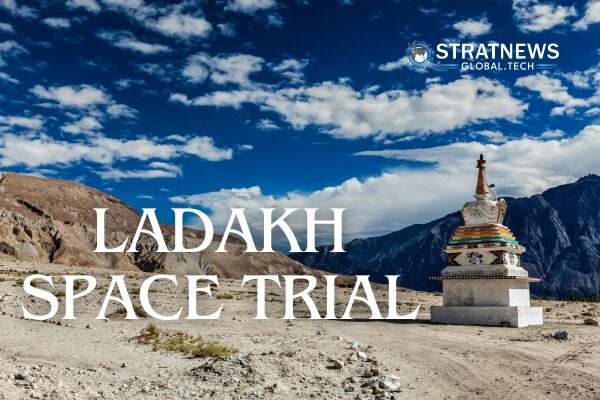Simulating Extraterrestrial Conditions for Astronaut Training
India has begun its first human analogue space mission, the Ladakh Human Analogue Mission (LHAM). The mission officially started on 1 November 2024 and is led by ISRO’s Human Space Flight Centre in partnership with AAKA Space Studio, the University of Ladakh, and IIT Bombay. It is supported by the Ladakh Autonomous Hill Development Council, Leh.
The goal is to simulate interplanetary conditions to prepare astronauts for future missions beyond Earth. By creating realistic environments similar to those on the Moon and Mars, the mission aims to understand the physical and psychological challenges astronauts may face in space.
Ladakh Chosen for Its Mars-like Terrain
Ladakh was selected as the mission site due to its high altitude, dry climate, and unique geological features. Located over 3,000 metres above sea level, Ladakh has just 40% of the oxygen levels found at sea level. These extreme conditions allow scientists to closely mimic the challenges of space travel.
Researchers from the Birbal Sahni Institute of Palaeosciences and the Indian Institute of Science led studies identifying Ladakh as ideal for an analogue Mars and Moon station. The project aims to support geological research, astrobiology, technology testing, and astronaut training.
LHAM, Testing Habitats and Human Endurance
A key feature of the mission is the inflatable habitat named Hab-1. This compact unit includes basic necessities such as a kitchen, bathroom, and a hydroponics garden. The habitat is designed to support long-duration isolation and self-sufficiency, much like future missions to the Moon or Mars would require.
Inside Hab-1, an analog astronaut will monitor vital health signs daily — including heart rate, oxygen levels, and body temperature. A special lighting system will help manage circadian rhythms, ensuring the astronaut’s mental and physical well-being in isolation.
The team will also test robotic tools, vehicles, power systems, and communications infrastructure under simulated space conditions. Data collected will be used to improve life support technologies and understand the impacts of confinement on human health.
Building the Future of Space Habitats
AAKA Space Studio is focusing on developing sustainable and adaptable habitat designs for space. They are testing a lightweight, foldable structure based on origami principles, aimed at creating efficient and flexible living spaces in extreme environments.
This 21-day mission in Leh marks a major step in India’s human spaceflight ambitions. It aligns with larger goals such as the Gaganyaan programme and the proposed Bharatiya Antariksha Station. The results from LHAM will help guide India’s planning for long-term space exploration.


